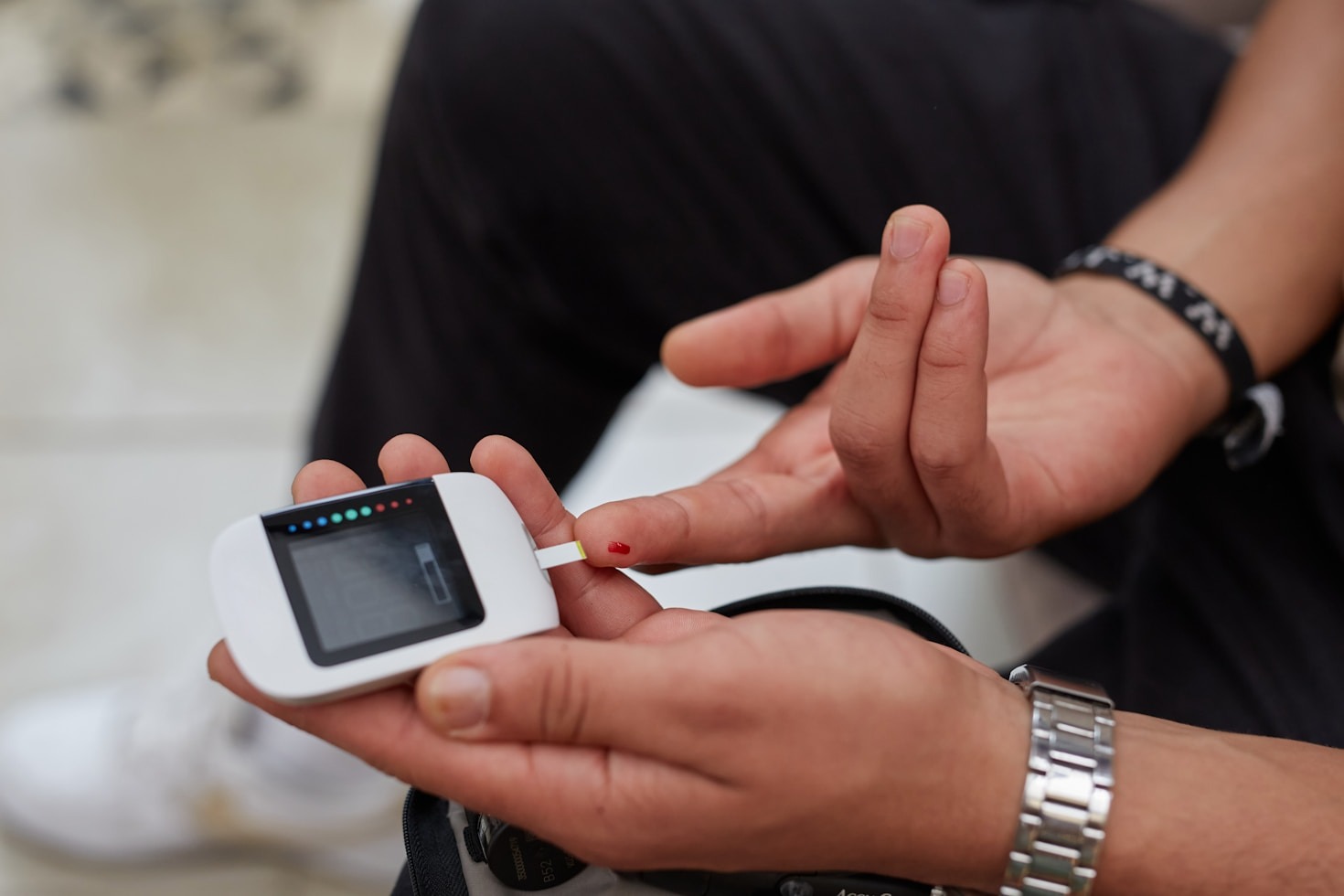Have you been feeling more fatigued or anxious lately? These feelings could be signs of prediabetes. Women often overlook the red flags of prediabetes as they juggle multiple roles and responsibilities. However, recognizing these warning signs early can lead to a healthier lifestyle and better management of your well-being. In the following sections, we’ll explore the common symptoms, risk factors, and solutions that can empower women like you to reclaim your health.
Understanding Prediabetes: What It Means for Women
Prediabetes is a condition that can silently impact your health, especially for women over 30. It’s when your blood sugar levels are higher than normal but not yet high enough to be diagnosed as diabetes. Understanding what this means for your body is crucial. Hormonal changes, stress, and lifestyle choices can all contribute to this state. While it may seem like just a number on a test, it can hold the key to your well-being.
Women are often caregivers, managing families, work, and their own health. This juggling act can make it easy to overlook early signs of prediabetes. Recognizing these early indicators is essential for taking charge of your health.
Common Symptoms Women Should Watch For
Being aware of the symptoms of prediabetes can make a significant difference. Here are some common signs to look out for:
- Fatigue: Feeling exhausted despite a full night’s sleep can be a symptom of unbalanced blood sugar levels.
- Increased Thirst: An unusual thirst that seems constant might indicate elevated sugar levels in your blood.
- Frequent Urination: Needing to go to the bathroom more often can be a clear signal from your body.
- Sweet Cravings: If you find yourself craving sugary foods more than usual, it could be your body’s way of asking for a balance.
- Blurred Vision: Sudden changes in vision can sometimes be linked to rising blood sugar levels.
Recognizing these symptoms can empower you to take control of your health journey.
The Hidden Risks of Ignoring Red Flags
Ignoring the signs of prediabetes can lead to more severe health issues. Many women may brush off symptoms, believing they are too busy or too tired to seek help. However, this can escalate into serious problems like Type 2 diabetes, heart disease, and stroke. Each of these conditions carries its own set of risks and complications that can affect your daily life.
It’s vital to pay attention to your body. Each red flag is a little nudge, encouraging you to listen and respond before things get worse.
Factors Contributing to Prediabetes in Women
Several factors can contribute to the development of prediabetes:
- Age: As you age, your risk for insulin resistance increases.
- Weight: Carrying extra weight, especially around the abdomen, can be a significant factor.
- Family History: If diabetes runs in your family, your risk is higher.
- Sedentary Lifestyle: Lack of physical activity can lead to weight gain and insulin resistance.
- Hormonal Changes: Conditions like polycystic ovary syndrome (PCOS) can increase insulin resistance.
Understanding these contributors can help you identify your risk and take action accordingly. You are not alone in this journey; many women have walked the same path.
Simple Lifestyle Changes to Combat Prediabetes
Making small changes can have a big impact on your health. Here are some simple lifestyle modifications that can help:
- Stay Active: Aim for at least 30 minutes of moderate exercise most days. Even a brisk walk can make a difference.
- Monitor Your Weight: Aim for a healthy weight range; losing just 5-10% of your current weight can lower your risk.
- Get Enough Sleep: Prioritize sleep as it plays a crucial role in regulating blood sugar.
- Limit Processed Foods: Focus on whole foods, as processed items often contain sugars and unhealthy fats.
- Stay Hydrated: Drink plenty of water throughout the day to support your body’s functions.
Your body deserves the best care, and these changes can empower you on your journey to better health.
Nutrition Tips for Maintaining Healthy Blood Sugar Levels
Your diet plays a pivotal role in managing blood sugar levels. Here are some nutritional tips:
- Choose Whole Grains: Opt for whole grains instead of refined carbohydrates. They digest slower, helping maintain stable blood sugar levels.
- Pile on the Veggies: Load your plate with a variety of colorful vegetables. They are high in fiber and low in calories.
- Include Healthy Fats: Incorporate sources of healthy fats like avocados, nuts, and olive oil.
- Balance Your Meals: Include proteins, fats, and carbohydrates in each meal to keep blood sugar steady.
- Limit Sugar and Refined Carbs: Be mindful of sugary drinks and snacks that can spike your blood sugar.
By focusing on nutrition, you can take profound steps towards reducing your risk of further health complications.
The Connection Between Stress and Prediabetes
Stress is more than just a mental hurdle; it has a tangible impact on your physical health. Chronic stress can lead to hormonal imbalances that may amplify your risk of prediabetes. Here’s how:
- Cortisol Levels: When stressed, your body releases cortisol, a hormone that can increase blood sugar levels.
- Emotional Eating: Stress often leads to emotional eating, contributing to weight gain and poor dietary choices.
- Sleep Disruption: High stress levels can interfere with your sleep, further complicating your health.
Addressing stress through techniques such as mindfulness and relaxation can be invaluable for your health journey.
How Regular Exercise Can Lower Your Risks
Exercise is a powerful tool in managing blood sugar levels. Regular physical activity can:
- Enhance Insulin Sensitivity: Exercise helps your body use insulin more effectively.
- Aid in Weight Management: Staying active can help you maintain a healthy weight.
- Boost Mood: Physical activity releases endorphins, improving your mood and alleviating stress.
Find ways to incorporate movement into your daily routine, whether it’s dancing, swimming, or simply taking a walk. Every little bit counts!
Support from Friends and Family: Why It Matters
Having a supportive network can significantly impact your health journey. Here’s why:
- Accountability: Sharing your goals with family or friends increases your chances of sticking to them.
- Emotional Support: Encouragement from loved ones can lift your spirits and motivate you during challenging times.
- Shared Experiences: Engaging in healthy activities together can be fun and reinforce positive habits.
Reach out to those around you and let them know how they can support you. Every piece of encouragement counts!
A Step-by-Step Guide to a Healthier You
Improving your health doesn’t happen overnight, but small, consistent steps lead to significant changes. Here’s a simple guide to follow:
- Step 1: Identify your symptoms and be aware of any red flags.
- Step 2: Schedule regular check-ups with your healthcare provider to monitor your health.
- Step 3: Set realistic lifestyle and diet goals. Start with one change, like drinking more water.
- Step 4: Incorporate exercise into your daily routine, aiming for activities you enjoy.
- Step 5: Engage with friends and family for support and encouragement.
Remember, many women like you have faced these challenges and improved their well-being by taking action. You can do it too, and there’s a simple method to guide you along this path. Discover your path to health and hope today!










